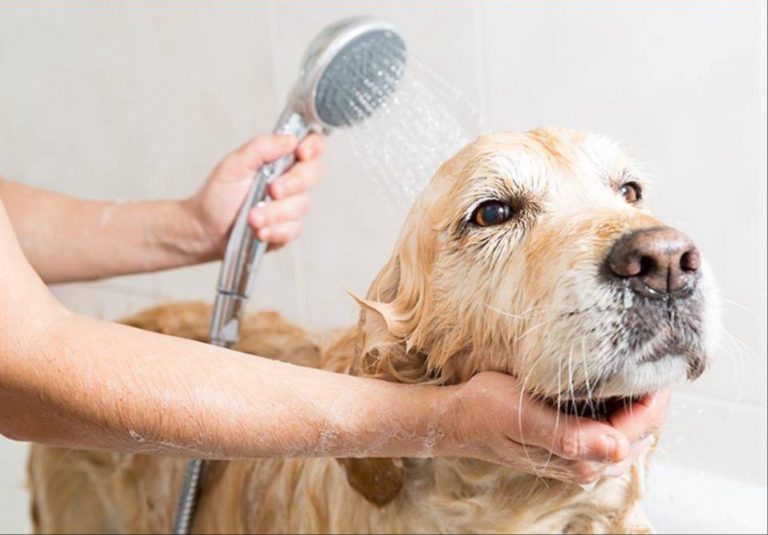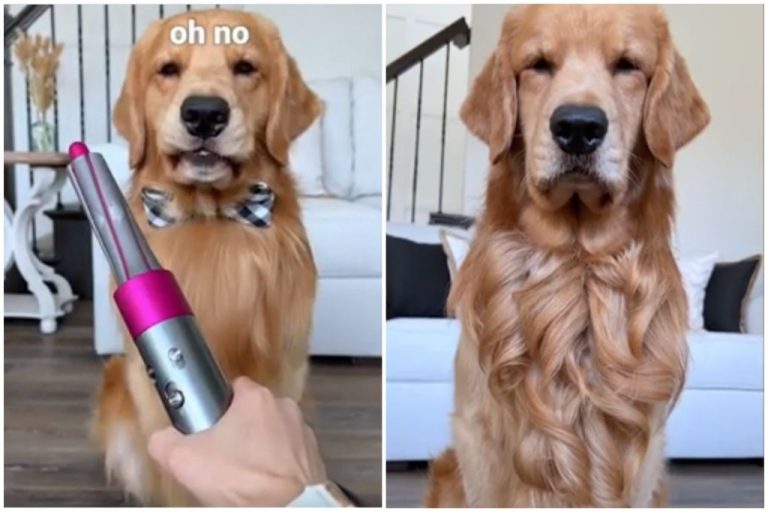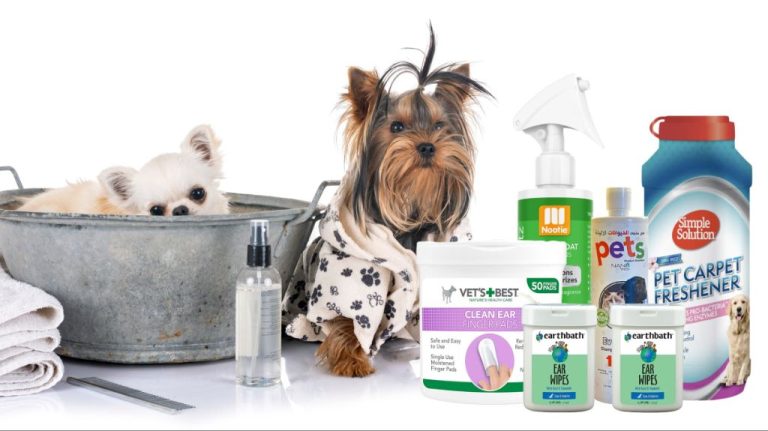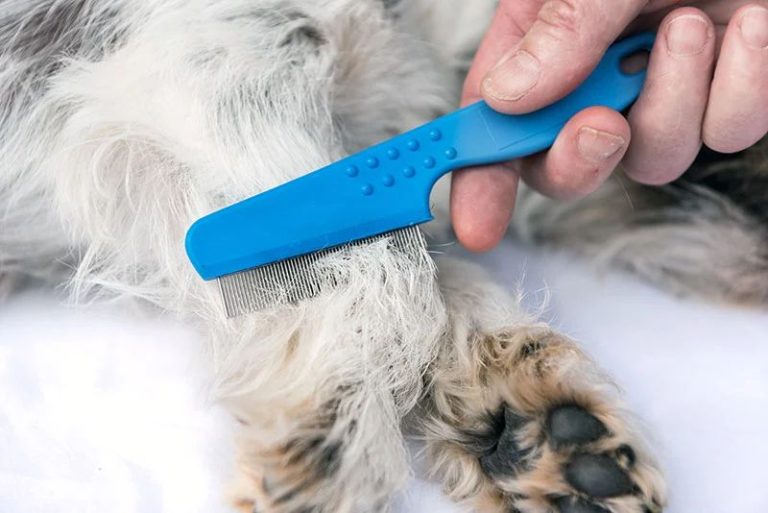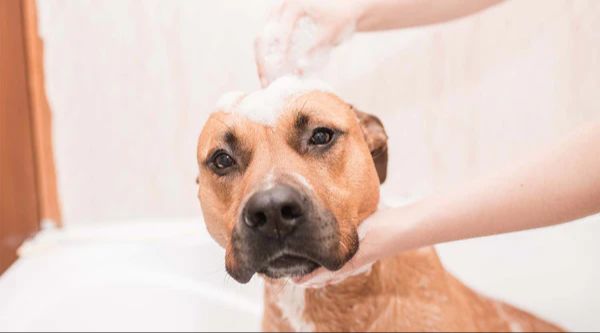Brushing Your Dog’S Teeth: Steps For A Fresh Breath And Healthy Mouth
Why Brushing Your Dog’s Teeth Matters
Regular tooth brushing provides essential preventative oral care for dogs. According to the BVSPCA, brushing is the most effective way to decrease plaque buildup before it hardens into tartar (https://bvspca.org/news-events-resources/why-is-it-so-important-to-brush-your-dogs-teeth). Tartar accumulation can lead to gingivitis, receding gums, tooth loss, and dental infections. WebMD notes that plaque that is not removed by brushing can cause inflammation and bleeding of the gums, a condition called gingivitis (https://www.webmd.com/pets/dogs/features/brushing-dogs-teeth-beneficial).
Brushing helps disrupt the plaque before it builds up and causes cavities, abscesses, and other problems. According to VCA Hospitals, brushing three times a week minimum can prevent tartar accumulation and promote better oral health (https://vcahospitals.com/know-your-pet/brushing-teeth-in-dogs). By establishing a tooth brushing routine, you can help keep your dog’s teeth and gums healthy, avoid costly dental procedures, and ensure your pup maintains fresh breath.
When to Start Brushing Your Puppy’s Teeth
It’s best to begin brushing your puppy’s teeth as soon as you start to see their baby teeth coming in, usually around 3-4 months old. According to How to Brush Your Puppy’s Teeth, you can start toothbrush training with a puppy or kitten as early as 6 weeks of age. Even though the baby teeth will eventually fall out, it’s important to establish good dental hygiene habits right from the start.
Puppies have a full set of 42 baby teeth that start to emerge at about 3-4 weeks of age. These deciduous teeth begin to fall out around 12-16 weeks as the permanent adult teeth grow in. By 6 months old, most puppies have their adult teeth. So the 3-4 month mark is the prime time to begin brushing, as this ensures you brush the baby teeth adequately before they fall out while also getting the permanent teeth accustomed to regular brushing.
Starting young makes it easier for the puppy to accept toothbrushing as part of their routine care and sets up good lifelong habits. It’s ideal to brush at least 2-3 times per week at this early stage.
Choosing the Right Toothbrush
When selecting a toothbrush for your dog, you’ll want to choose a soft-bristled brush made specifically for canine teeth and gums. Avoid using human toothbrushes, which can irritate your dog’s gums. The best toothbrushes for dogs have bristles designed to clean around the teeth and along the gumline effectively. There are a few types of dog toothbrushes to consider:
Soft-bristled brushes are gentle on your dog’s gums but can still remove plaque and tartar buildup. Look for a toothbrush with rounded nylon bristles. The Woobamboo Toothbrush is a great option that comes in multiple sizes for dogs of all breeds.
Finger toothbrushes fit over your finger and allow you to brush your dog’s teeth with precision. The finger brush design provides more control than a traditional brush. The Bow Wow Labs Finger Toothbrush is vet recommended and safe for daily use.
Sponge toothbrushes are very soft and gentle. They fit over your finger and use a spongy pad rather than bristles to massage your dog’s gums and remove plaque. Sponge brushes are a good choice for dogs who don’t tolerate regular brushes well.
Choose a toothbrush size appropriate for your dog – smaller for toy breeds and larger for big dogs. The brush should be able to reach all teeth comfortably. Ask your veterinarian for specific toothbrush recommendations based on your dog’s mouth size and temperament.
Toothpaste Considerations
When choosing a toothpaste for your dog, it’s important to use a pet-safe toothpaste made specifically for canines. Human toothpaste contains ingredients that can be harmful if swallowed, like fluoride and detergents (Dog Toothpaste: Is It Necessary?).
Look for a toothpaste formulated for dogs that is enzymatic. Enzymatic toothpastes help break down plaque and tartar more effectively than regular pastes. The enzymes also help with bad breath. Many pet toothpastes contain enzymes like glucose oxidase, lactoperoxidase, and lysozyme that are gentle on your dog’s digestive system if swallowed (Dogs & Cat Toothpaste, Toothbrushes & Brushing Tips).
Make sure to avoid using human toothpaste, even if it is labeled as “natural” or “organic.” The ingredients and flavors are meant for people, not canines. Stick to a reputable dog toothpaste recommended by your veterinarian for the best oral health results.
Brushing Technique
When brushing your dog’s teeth, it’s important to be gentle and take your time. First, lift your dog’s lips to expose the outer surfaces of the teeth. Hold the toothbrush at a 45 degree angle and make small circular motions to brush the outer surfaces, moving from tooth to tooth. According to VCA Animal Hospitals, you should spend around 10 seconds brushing each tooth.
Next, angle the toothbrush bristles underneath the gumline. Use gentle motions to brush away any plaque and debris. Spend another 10 seconds cleaning each tooth under the gumline. Be extra gentle, as the gums can be sensitive.
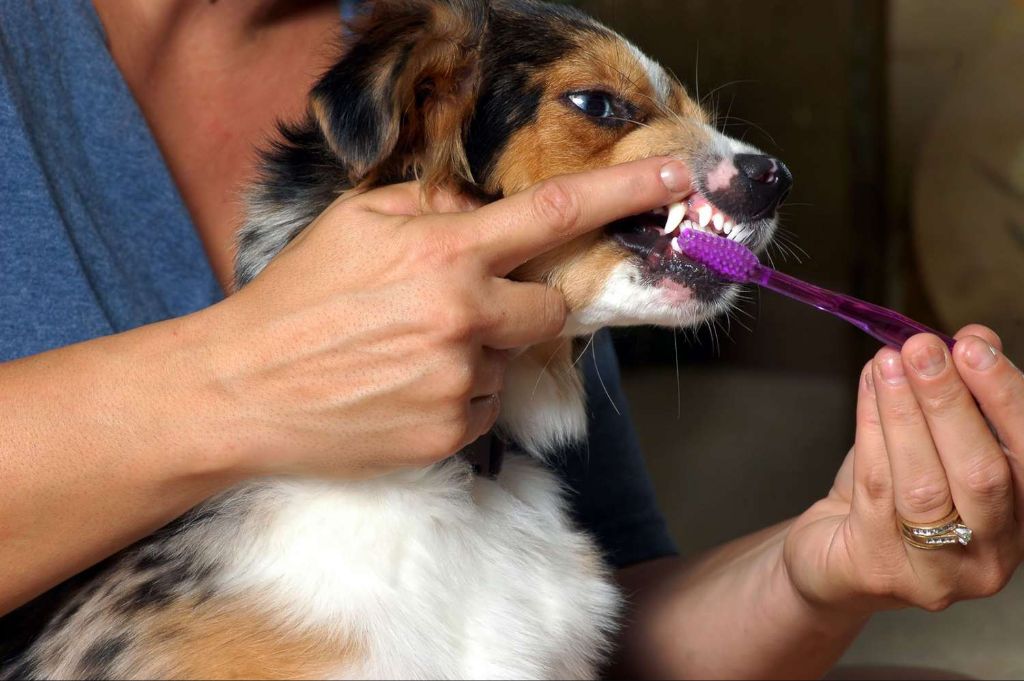
Finally, switch to brushing the inside surfaces of the teeth. Lift your dog’s lips again and brush the inner surfaces in small circles. Make sure to get the back teeth as well. Spend another 10 seconds on each inner tooth surface. According to WebMD, you should brush a few teeth at a time, working up to brushing the full mouth over time. Aim for a total brushing session of 2 minutes.
Always use a gentle touch when brushing, and lots of praise and treats for your pup! With patience and positive reinforcement, regular tooth brushing can become a healthy habit.
Making Brushing Easier
Some dogs dislike having their mouths handled or are scared of the brushing sensation. To make brushing easier for your dog, you’ll need to work on getting them comfortable with having their mouth touched and making the brushing experience positive.
Start by gently handling your dog’s mouth for short periods, praising and treating them for staying calm. Lift their lips and touch their teeth and gums, giving treats as you go. Work up to holding their mouth for longer periods.
Introduce the toothbrush by letting them lick a dab of dog-safe toothpaste off the bristles first, so they associate it with a reward. Next, gently rub the bristles along their front teeth and praise. Slowly work your way to brushing more teeth at a time, always going slowly and keeping sessions short and positive. Be patient, it may take multiple sessions before your dog is comfortable with full brushings.
Give your dog lots of praise and small treats throughout each brushing session. Make it a fun, bonding experience. With time and positive reinforcement, you can teach your dog to accept and even look forward to brushings.
For more tips, check out this helpful guide: How to Teach Your Dog to Love Grooming, from the Brush to Nail Clippers
How Often to Brush
Veterinarians recommend brushing your dog’s teeth daily as the ideal frequency, but realize that may not always be realistic. According to the experts at VCA Animal Hospitals, brushing three times a week is the minimum recommendation to help remove plaque and prevent tartar accumulation.
While daily brushing provides the best oral health benefits, establishing a routine of brushing your dog’s teeth 2-3 times per week can still make a big difference. Anything less than 2 times a week and dental plaque and tartar can still build up. Focus on consistency with whatever brushing frequency you decide on, whether it’s daily, every other day, or a few times a week.
Don’t beat yourself up if you miss a day here and there. Just get back into your regular brushing routine as soon as you can. The key is establishing a habitual schedule that works for you and your dog.
Signs of Dental Issues
There are several signs that may indicate your dog is suffering from periodontal disease or other dental issues:
Bad Breath: One of the first signs of periodontal disease is persistent bad breath, also called halitosis. This is caused by bacteria building up on the teeth and gums.
Discolored Teeth: Over time, plaque and tartar accumulation can lead to yellow, brown, or black discoloration on the teeth. This discoloration is a sign of deteriorating dental health.
Inflamed Gums: Gum inflammation, or gingivitis, occurs when plaque spreads below the gumline. You may notice red, swollen, or bleeding gums.
Reluctance to Eat: Dogs with severe dental disease may show a reluctance to eat or chew their food. This is due to pain or discomfort in their mouth.
If you notice any of these signs in your dog, it’s important to schedule a veterinary dental exam. Left untreated, periodontal disease can lead to tooth loss, infections, and damage to internal organs.
Professional Cleanings
Even with regular at-home brushing, most dogs still require professional dental cleanings periodically. Veterinarians recommend professional dental cleanings every 6-12 months for optimal dental health, depending on the individual dog.
Professional cleanings allow the veterinarian to thoroughly clean above and below the gumline, removing plaque and tartar from the teeth. They also inspect for any signs of infection, disease or other issues. The cleaning includes scaling and polishing each tooth individually. Any necessary extractions or other treatments can also be performed at the same time.
A full dental cleaning under anesthesia is the only way to properly clean the entire tooth surface and get below the gumline. Brushing at home is still important for plaque removal between dental cleanings. But regardless of how diligent you are with home brushing, most dogs will still develop some amount of tartar buildup that requires the deeper cleaning a professional veterinary dental cleaning provides.
Signs your dog is due for a professional cleaning include bad breath, discolored teeth, inflamed gums and buildup on the teeth. Your veterinarian will examine your dog’s mouth and let you know when it’s time. While professional cleanings do require anesthesia, the risks are generally low for healthy dogs. The benefits far outweigh any minor risks for most dogs.
Maintaining dental health with home brushing and professional cleanings is key to your dog’s oral health and comfort. Consistent home care combined with yearly veterinary dental cleanings is the gold standard for keeping your dog’s smile bright and their mouth healthy.
Keeping Your Dog’s Smile Bright
Brushing your dog’s teeth is an essential part of preventative care that leads to a healthier mouth and body. By establishing a regular teeth brushing routine, you can help prevent plaque and tartar buildup that can cause gum disease, tooth loss, and other health issues. Brushing daily or several times a week removes food particles and bacteria before they can harden into tartar, keeping your dog’s teeth pearly white and breath fresh.
Brushing also stimulates gums to increase blood circulation and overall oral health. Massaging the gums helps clean areas where plaque likes to gather, such as along the gumline and behind teeth. In addition to removing existing plaque and tartar, brushing coats the teeth with protective enzymes found in dog toothpaste. This creates a barrier to help prevent future buildup of bacteria.
A clean mouth from regular brushing can help prevent more serious systemic diseases that are linked to bacteria from dental infections. With home dental care, you can avoid the need for professional cleanings and expensive dental treatments. While brushing requires an initial investment of time and patience, the rewards of your dog’s bright smile, fresh breath, and good health make it well worth the effort.

